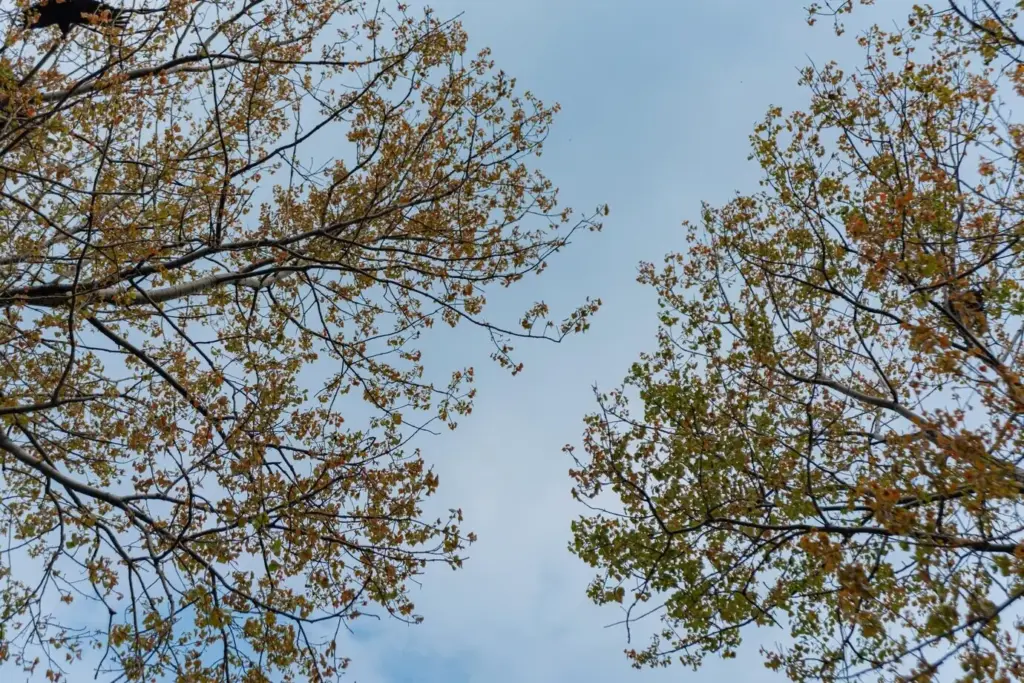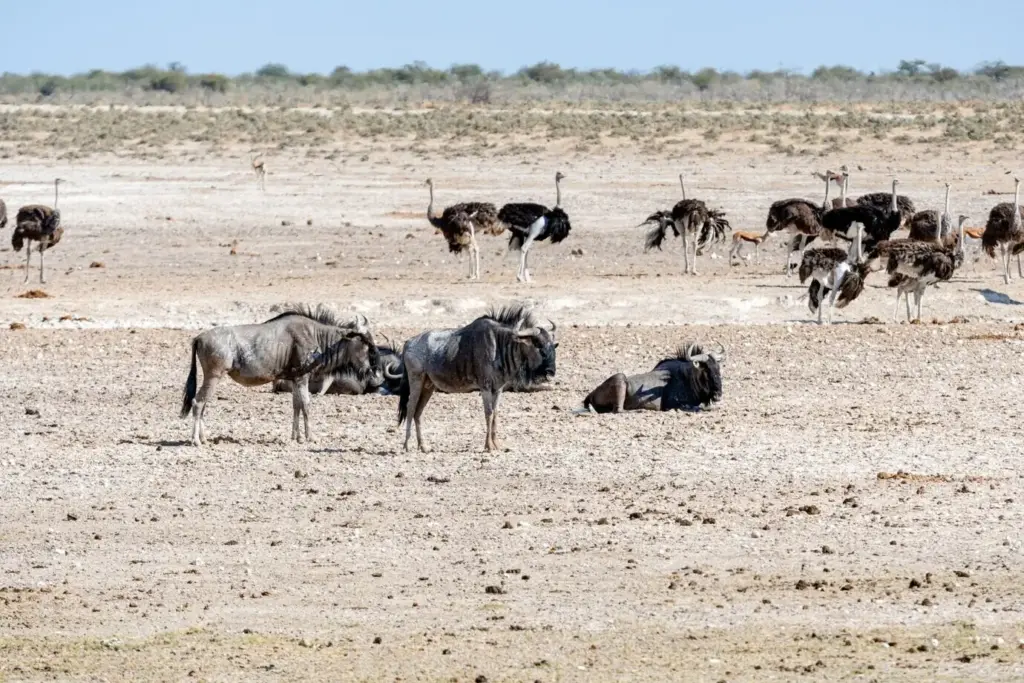Fieldcraft with a Future: Respecting Rivers, Forests, and the Lives Within
Step into a conversation where heritage meets responsibility as we explore Sustainable Wildlife Management for Anglers and Hunters, translating science and tradition into daily choices that keep wild populations resilient and adventures meaningful. You will find practical habits, honest stories, and ways to help shape policy and habitat with your voice. Share your experiences, ask questions, and join a community determined to leave more life, clarity, and opportunity than we take.
Fair-Chase Decisions in Real Weather
Fair-chase is easy at a desk and harder in sleet, heat, or sudden currents. When visibility drops or oxygen levels fade, ethical anglers and hunters change tactics or step back entirely. They read wind, water temperatures, and animal behavior to avoid high-stress encounters. Tell us about a time you held off, then returned to find conditions right, proving patience can be the most skillful move of the season.
Respectful Harvest and Quick, Clean Finishes
Taking a life for food demands competence and calm. Practice with your gear until clean shots and steady hook sets become routine, then follow through with swift dispatch or careful dehooking. Carry sharp blades, quality nets, and a plan for immediate handling to minimize suffering and waste. Share methods, drills, and checklists that made you more effective and humane, encouraging others to prioritize proficiency over shortcuts and chance.
Field Care that Honors the Animal
Wild protein deserves meticulous care. Cool rapidly, keep meat clean and dry, and pack out everything with dignity. For fish, wet hands, keep them submerged, and limit air exposure to a few seconds. For game, prevent contamination, use breathable bags, and plan transport before you ever leave home. Comment with your proven routines and storage strategies that reduce loss, elevate flavor, and respect the life taken from difficult country.
Seasons, Quotas, and the Science Behind Limits
Limits are not punishment; they are agreements with the future, grounded in recruitment curves, age structures, and mortality rates. Biologists analyze creel surveys, harvest reports, telemetry, and climate trends to set seasons and quotas that match population realities. When conditions change, adaptive management follows. Learn to read regulations like a field scientist, embrace slot limits that protect breeders, and help neighbors understand the why behind every number and date.






Habitat Is the First Harvest
Water That Breathes: Cold, Clean, Connected
Trout and salmon thrive when shade cools, wood structures shelter, and culverts no longer fragment passage. Simple actions like planting willows, fencing livestock, and replacing perched crossings reopen miles of spawning and rearing habitat. Anglers, bring waders and gloves; you will see fish return. Tell us about a stream you helped heal and the first rise or redd you witnessed afterward, validating sweat, patience, and community grit.
Edges and Openings for Game Birds and Deer
Deer, turkeys, and upland birds flourish where forests meet meadows and shrubs provide food, nesting, and escape cover. Prescribed fire, selective thinning, and native plant restoration create varied structure across time. Partner with landowners and agencies to plan work that balances safety, carbon, and wildlife needs. Post your project lessons and monitoring photos, helping others scale habitat improvements that turn marginal units into vibrant mosaics teeming with life.
Access With Care: Trails, Boats, and Quiet Zones
Well-designed access protects sensitive areas while welcoming responsible recreation. Thoughtful trail placement, seasonal closures, and clean–drain–dry stations reduce disturbance and prevent invasive spread. Boaters, avoid spawning beds; hikers, give dens and roosts space; everyone, keep noise and light low. Add your signage ideas and launch etiquette tips that made your local water or woods safer for wildlife and friendlier for families discovering their first dawn on public lands.
Data, Reporting, and Citizen Science
Your notebook can be as powerful as your tackle or rifle. Honest harvest reports, app-based creel logs, and check-station conversations feed the models that set tomorrow’s opportunities. Paired with eDNA, trail surveys, band returns, and telemetry, community data becomes policy. Bring curiosity, rigor, and humility. Share a recent observation and how you recorded it, inspiring others to turn everyday field time into insight that tangibly benefits wildlife and neighbors.
Community, Mentorship, and Culture that Lasts
Sustainable traditions thrive when we welcome new hands to paddles and safe, ethical triggers. Teach, listen, cook together, and celebrate full-circle living from habitat work to shared meals. Keep spaces inclusive, emphasize safety, and elevate voices often overlooked. Invite readers to comment with mentorship wins, favorite camps, and recipes that honor animals well. Together, we pass on not just skills, but values that keep wild places whole.



